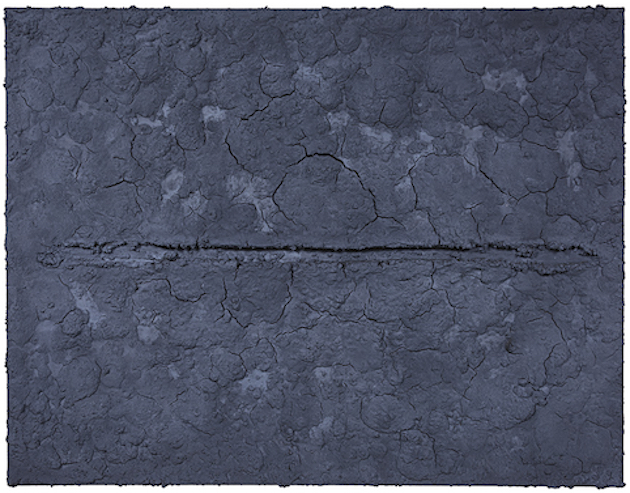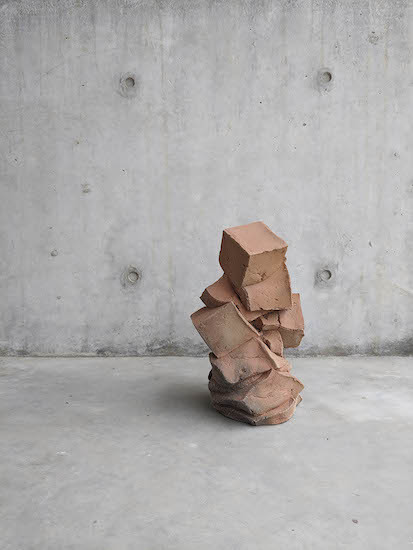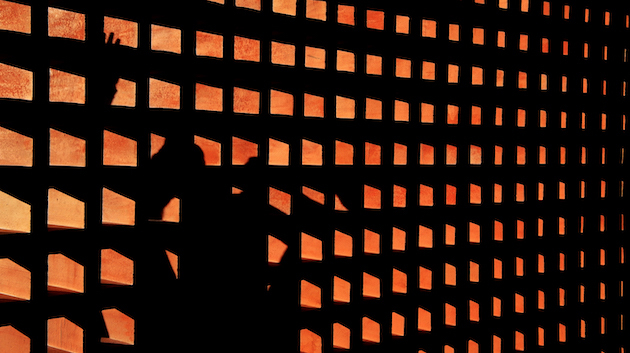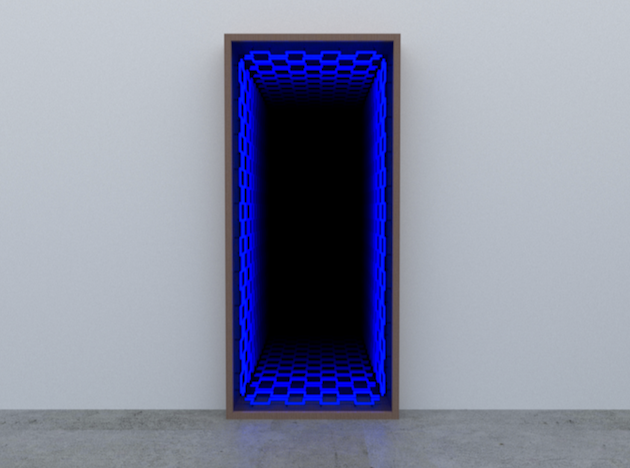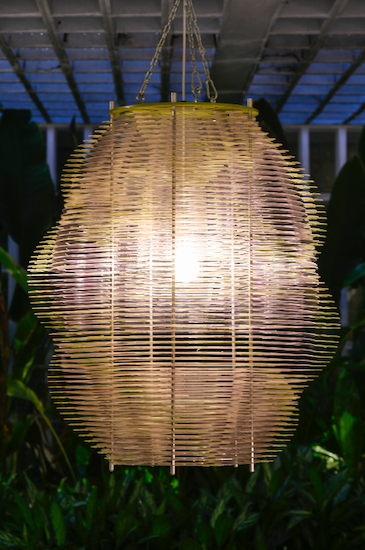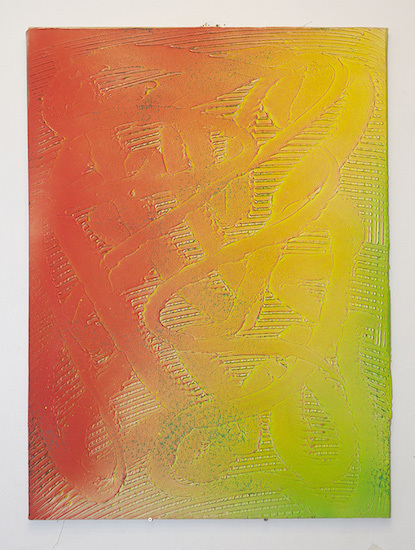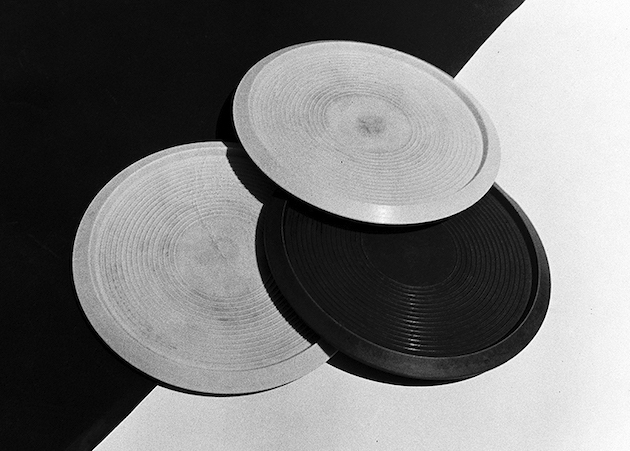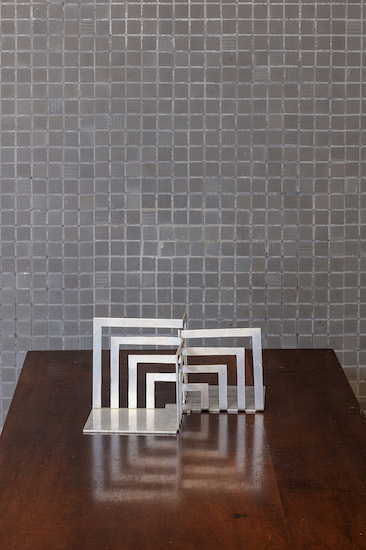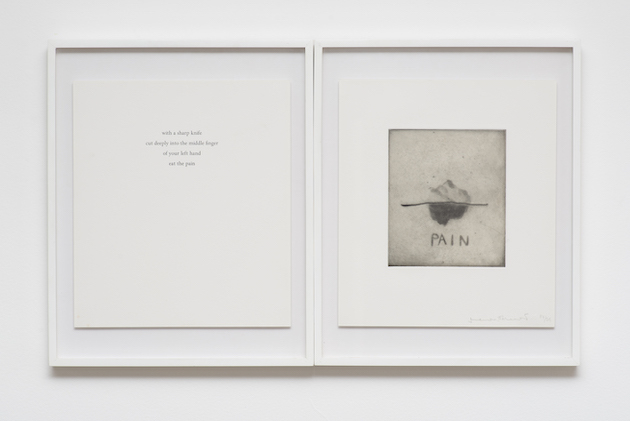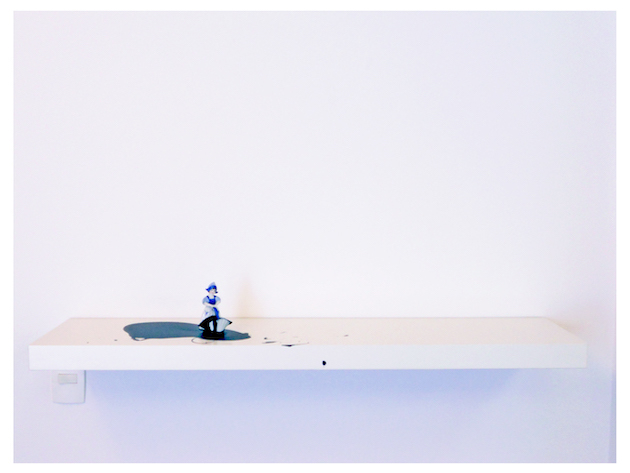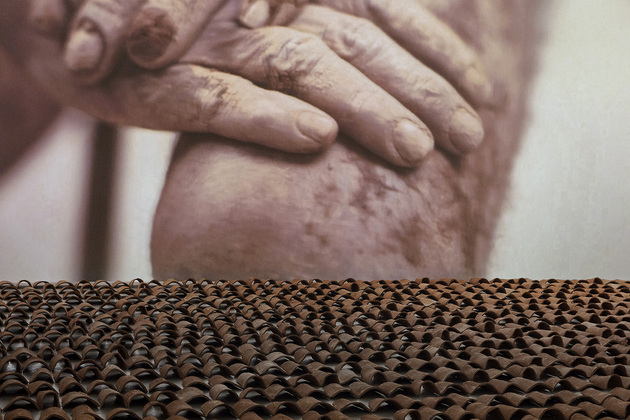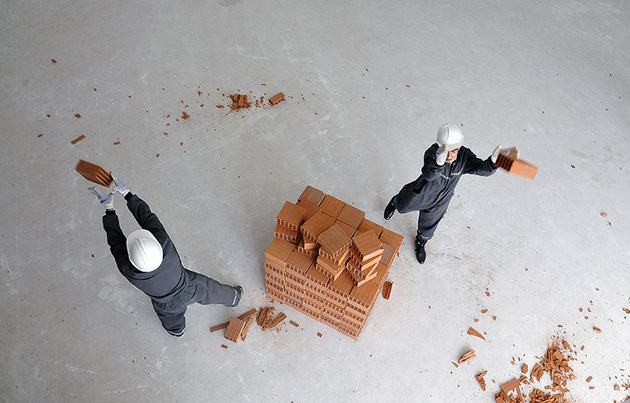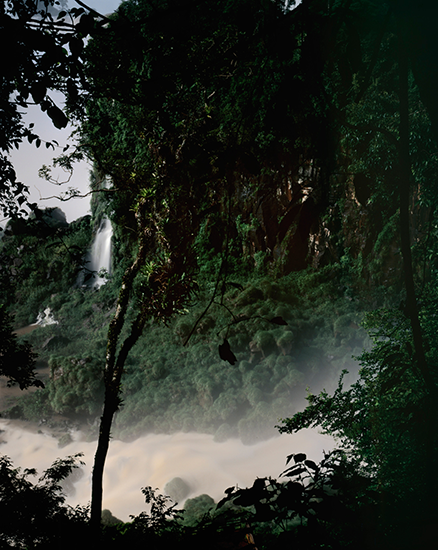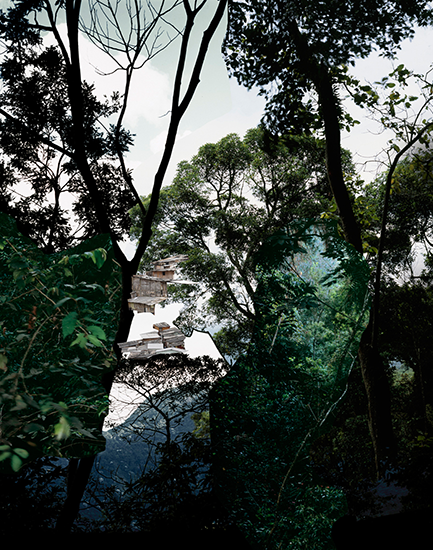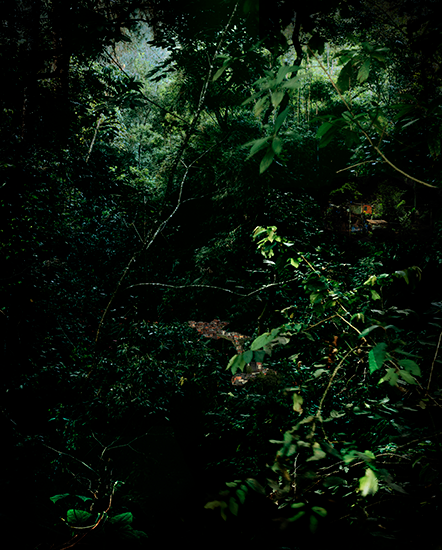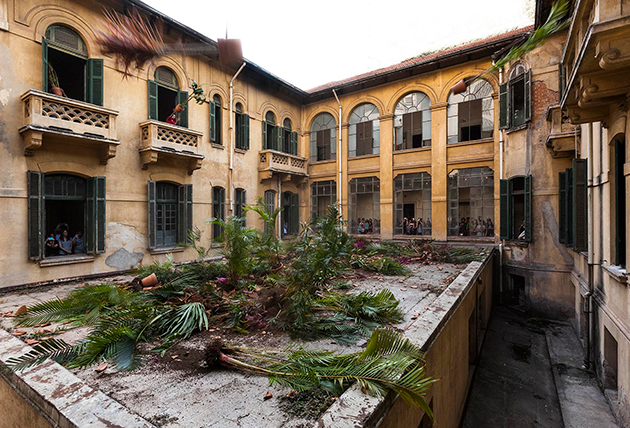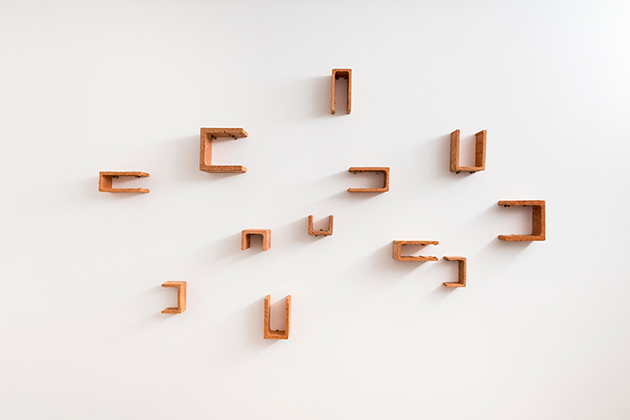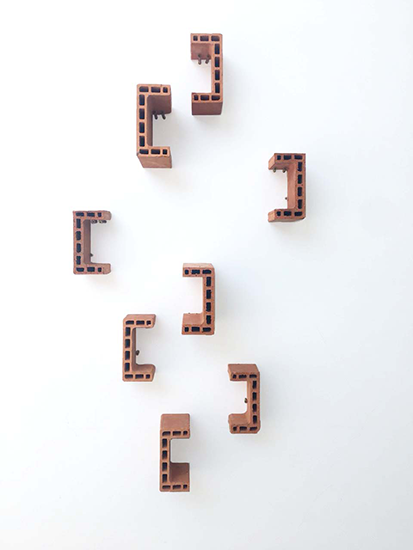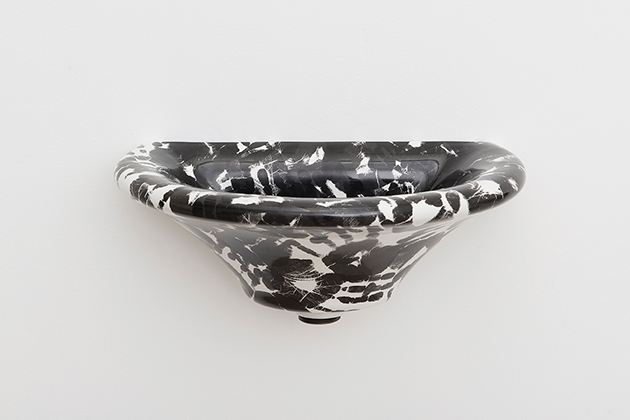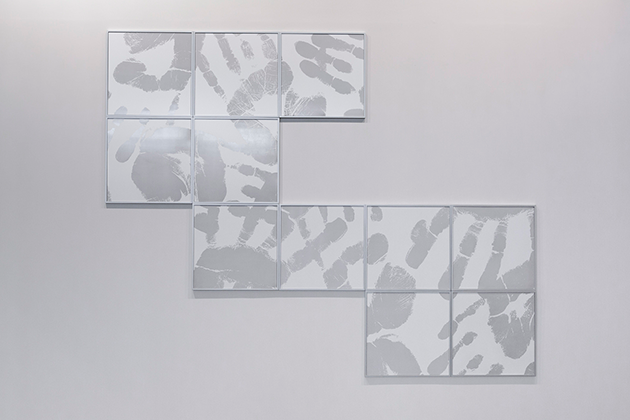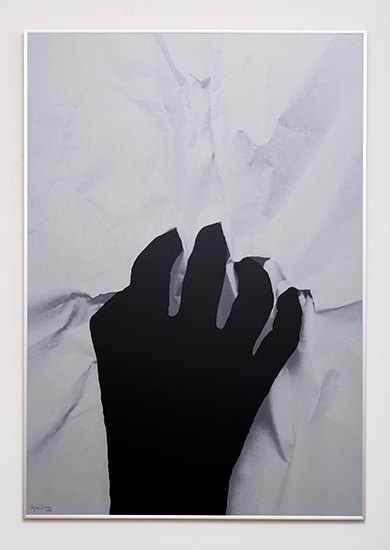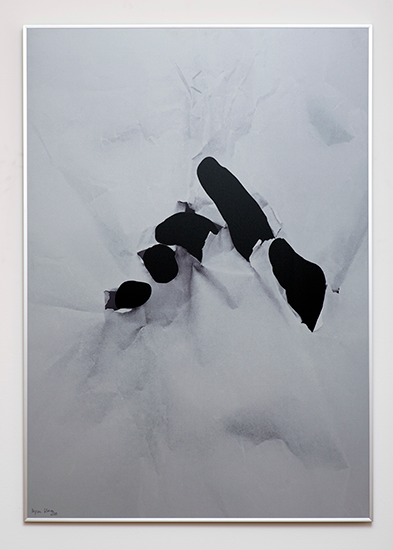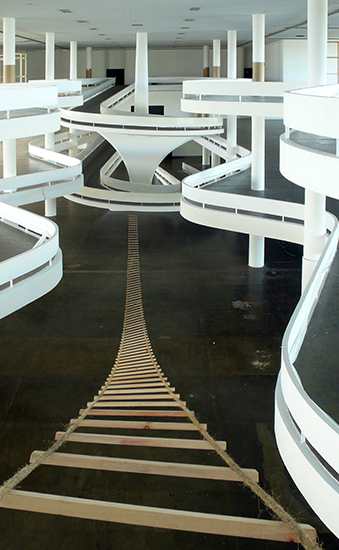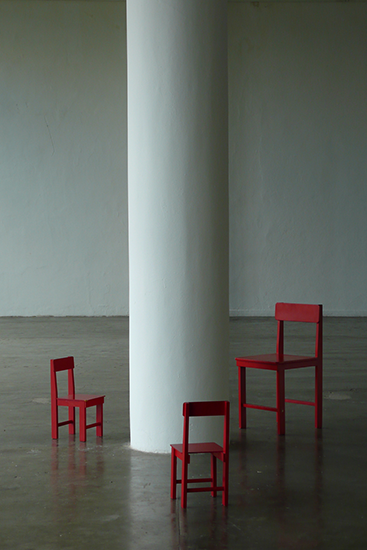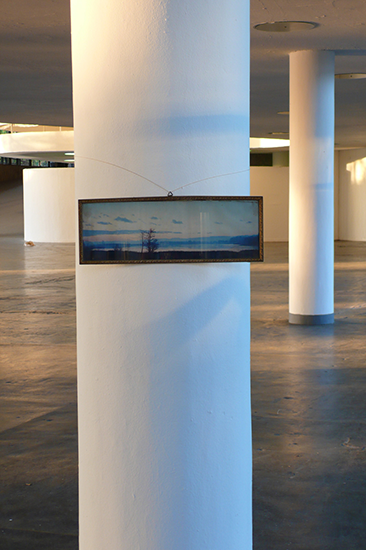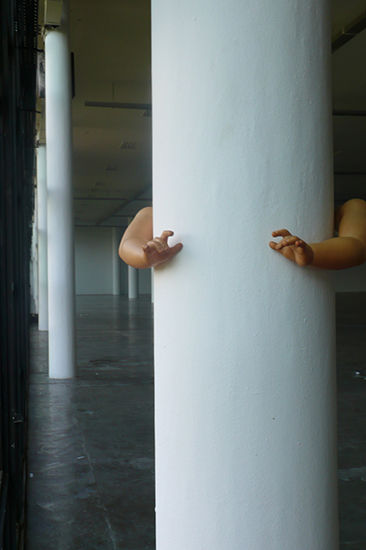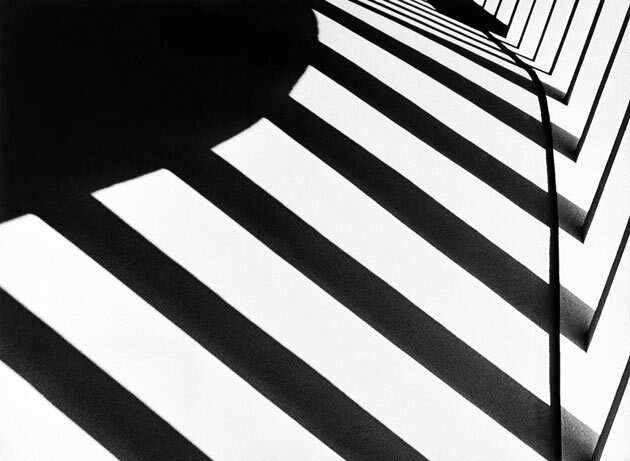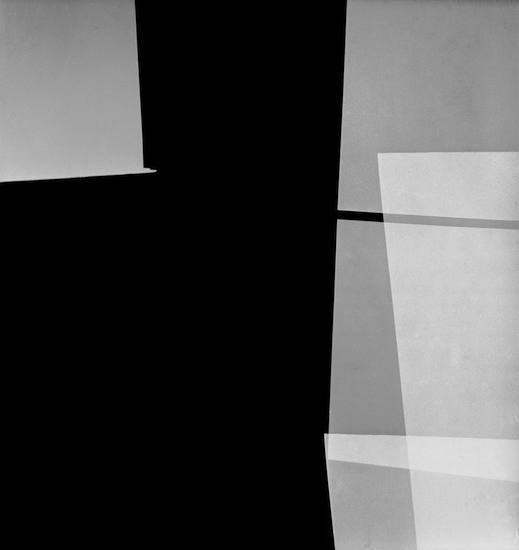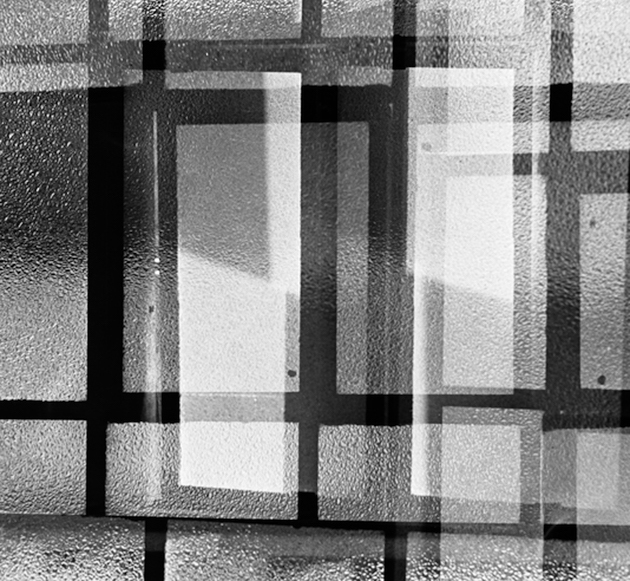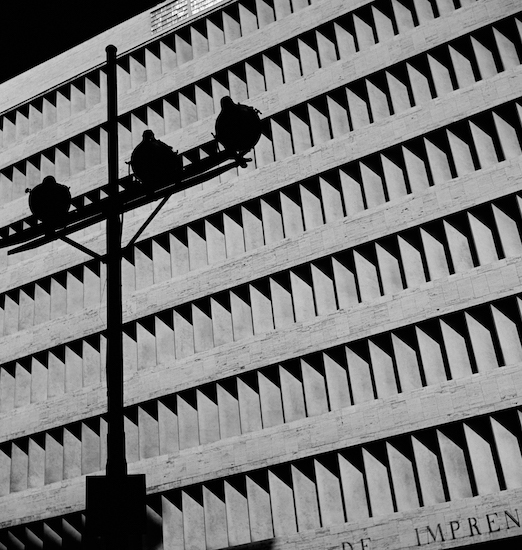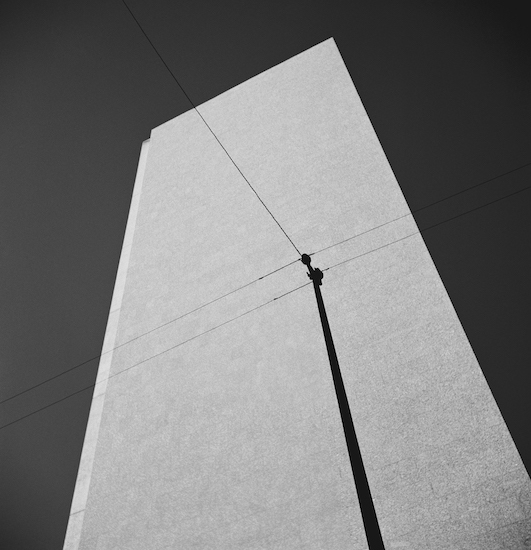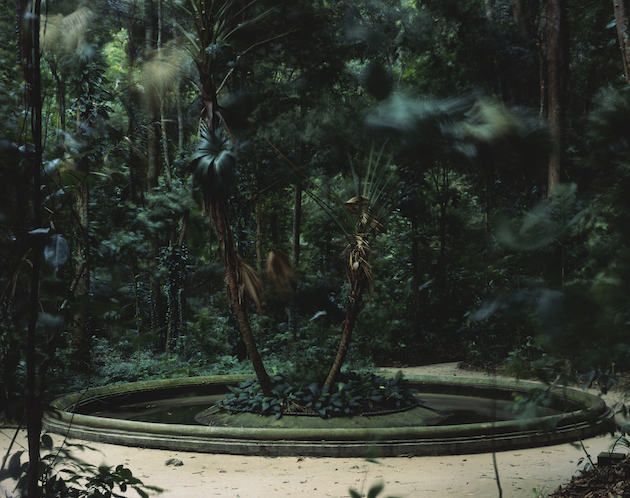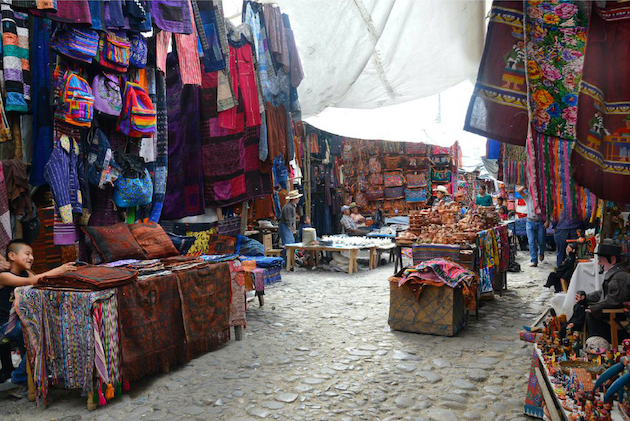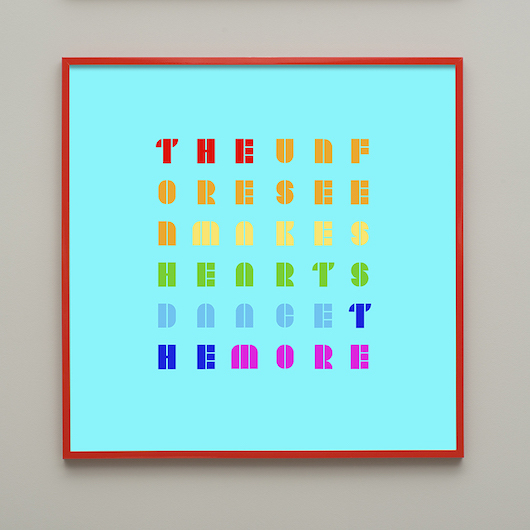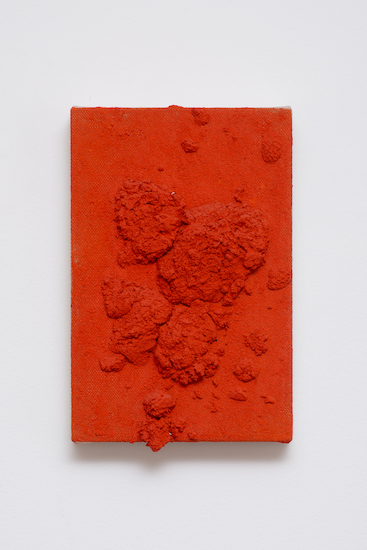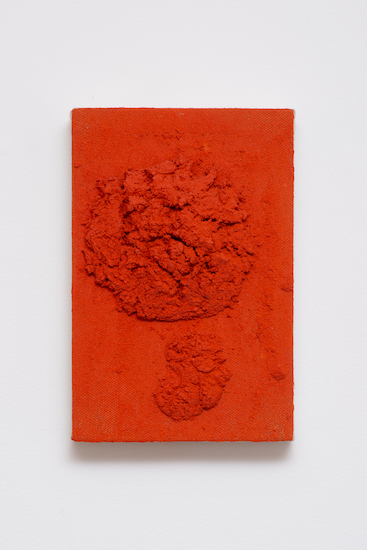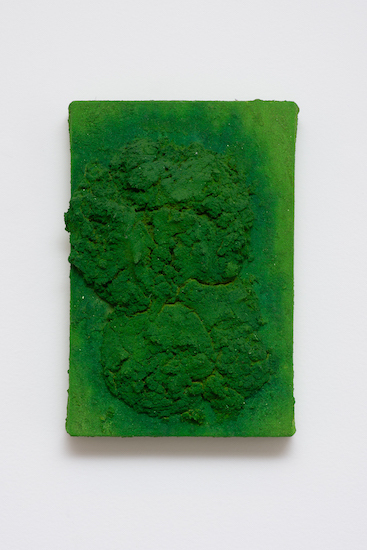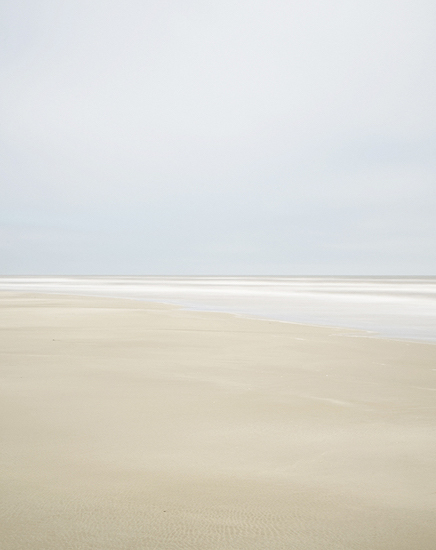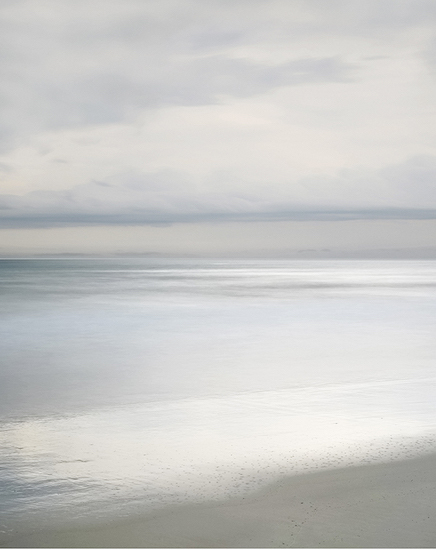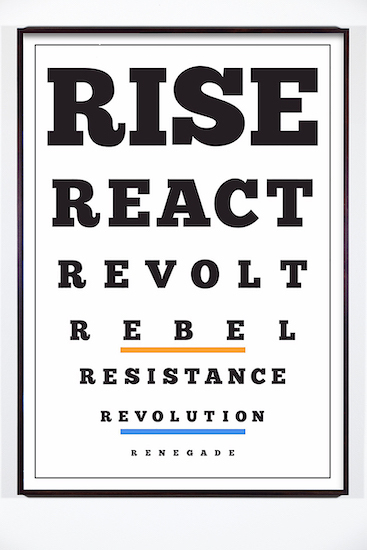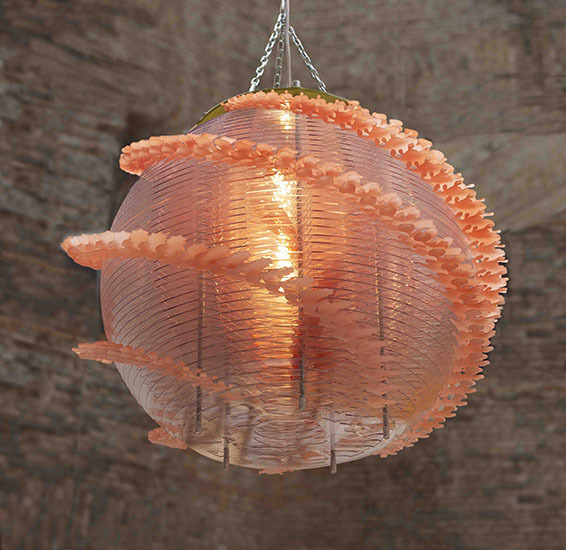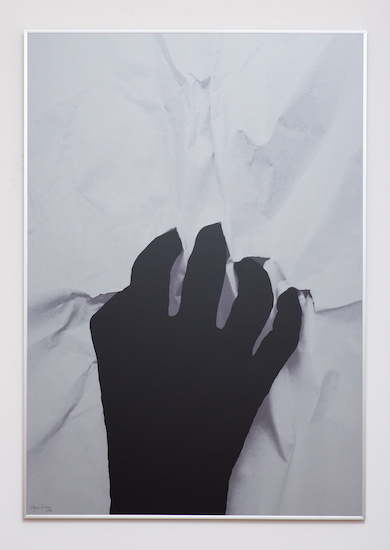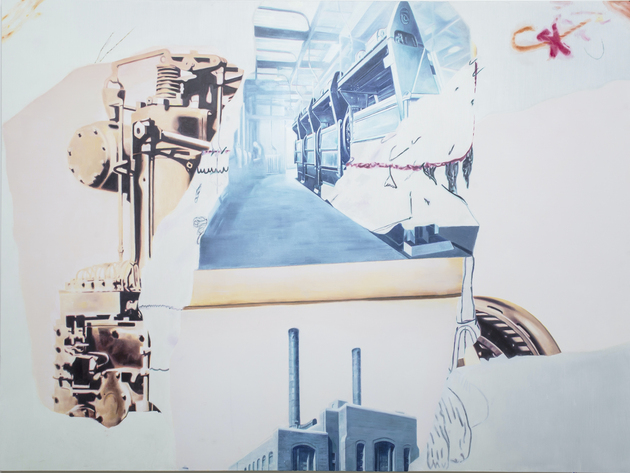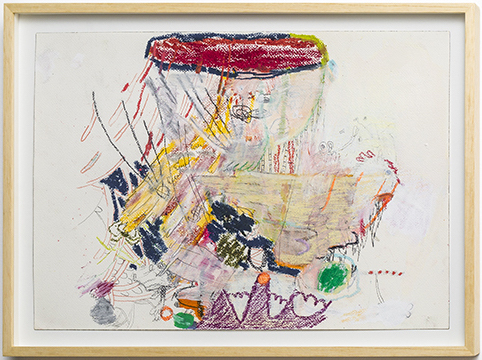Feiras
- Art Basel OVR: Miami Beach
-
Para essa edição online da Art Basel, a Luciana Brito Galeria tem o prazer de apresentar um conjunto de trabalhos dos artistas Bosco Sodi (1970, México), Caio Reisewitz (1967, Brasil), Hector Zamora (1974, México), Ivan Navarro (1972, Chile), Jorge Pardo (1963, Cuba), Regina Silveira (1939, Brasil) e Tiago Tebet (1986, Brasil). Trata-se de uma produção inédita que de alguma forma relaciona-se a questões pertinentes às problemáticas enfrentadas ao longo do ano.2 - 7 de Dezembro 2020
- SP-Arte/Foto 2020
-
Luciana Brito Galeria e Isabel Amado Fotografia apresentam a exposição "Fotografia Moderna: Gaspar Gasparian, Geraldo de Barros, Gertrudes Altschul, Marcel Giró, Paulo Pires e Thomaz Farkas", um conjunto de fotografias, cuja importância resgata a fase histórica da investigação em abstração. Sob um contexto de intensas transformações sociais, econômicas e políticas, as décadas de 1940 e 1950 foram fundamentais para a consolidação da fotografia brasileira no campo da artes visuais. O impacto dos processos de modernização das grandes cidades impulsionaram a fotografia a um patamar conceitual artístico nunca antes vivido. A fotografia passa de uma ferramenta unicamente de registro para um veículo de experimentação visual técnica e estética e formalização de uma nova linguagem dentro das artes. Os movimentos fotoclubistas foram fundamentais para alçar essa discussão, como o FCCB - Foto Cine Clube Bandeirante, promovendo e organizando essa atividade dentro do circuito. A fotografia passa então a ser considerada também um meio de expressão artística, que tinha nos fotoclubes uma forma de organização e profissionalização desse setor, por meio de formação e aperfeiçoamento técnico, sistematização da produção, além de organização de mostras, salões e concursos nacionais e internacionais. O abstracionismo dentro da pesquisa fotográfica representa um momento de guinada fundamental para posicionar definitivamente essa linguagem entre os cânones da história da arte. Sombras, texturas, formas geométricas, experimentação em laboratório, solarização e fotogramas, eram artifícios extremamente explorados por esses artistas.
- Art Basel OVR: 20c | Ruptura
-
Luciana Brito Galeria reúne obras históricas dos artistas do Grupo RupturaCom o objetivo de difundir e reforçar internacionalmente a importância da pesquisa da Arte Concreta brasileira, para essa edição especial da ArtBasel, com foco na produção artística do séc XX, a Luciana Brito Galeria reúne um conjunto de trabalhos históricos de artistas do Grupo Ruptura: Waldemar Cordeiro (1925, Roma, Itália – 1973, São Paulo, Brasil), Geraldo de Barros (1923, Chavantes, Brasil – 1998, São Paulo, Brasil), Luiz Sacilotto (1924 – 2003, São Paulo, Brasil), Kazmer Féjer (1923, Pécs, Hungria – 1929, Sesimba, Portugal), Maurício Nogueira Lima (1930, Recife, Pernambuco – 1999, Campinas, Brasil), e Hermelindo Fiaminghi (1920 – 1999, São Paulo, Brasil).28 a 31 de outubro
- ArtRio Online 2020
-
A Luciana Brito Galeria tem o prazer de anunciar a mostra “Art must be Beautiful, Artist must be Beautiful”, de forma a destacar a presença das artistas mulheres e reforçar a importância de suas pesquisas para o programa da galeria. O título, que além de fazer uma referência a obra homônima de Marina Abramovic, resume em poucas palavras o conceito do projeto, cujo objetivo é justamente de apresentar trabalhos significativos e representativos dentro da potência da investigação artística de cada uma delas: Fabiana de Barros (1957, São Paulo), Liliana Porter (1941, Buenos Aires), Regina Silveira (1939, Porto Alegre), Rochelle Costi (1961, Caxias do Sul), Marina Abramovic (1946, Belgrado, Servia), Paula Garcia (1975, São Paulo). Dentro desse conjunto, a obra de Rochelle Costi, “Coleção da Artista”, ganha um significado especial não apenas por representar um contraponto à obra de Marina Abramovic, mas também por funcionar como catalisador para esse conjunto pensando pela curadoria.14 a 25 de outubro
- daata Fair | Héctor Zamora
-
Para a edição da Daata Fair Digital Art, a Luciana Brito Galeria apresenta um conjunto de vídeos do artista Hector Zamora (1974, México). A pesquisa do artista desenvolve-se principalmente em torno do estudo de materiais e formas de articulação do ambiente natural, urbano ou arquitetônico, geralmente subvertendo os espaços, redefinindo e ressignificando o convencional. Por meio de grandes instalações e performances, sua investigação concilia esses opostos e cria um estranhamento crítico capaz de deslocar significados e entendimentos, tensionando o real e o imaginário, o público e o privado, muitas vezes problematizando aspectos histórico-sociais e políticos. Essa seleção de vídeos traz justamente uma síntese do viés de pesquisa do artista, que muitas vezes usa a força coletiva para pautar suas performances, que são ressignificadas por meio dos vídeos.
Em “O Abuso da história” (2014), o artista articula um grupo de pessoas para quebrar trezentos vasos de plantas tropicais, que são arremessados do primeiro andar do antigo Edifício Matarazzo, em São Paulo. Mesmo com várias leituras subliminares, o objetivo do artista aqui é simplesmente se dar ao direito básico do ato criativo. Também seguindo uma ação parecida de desconstrução, “Inconstância material” (2013), alocou um grupo de funcionários da construção civil para a 13a Bienal de Istambul, que num movimento quase coreográfico e intimista, ritmava os homens a jogarem blocos de tijolos um para o outro, deixando muitas vezes os blocos espatifarem no chão. A performance faz uma alusão direta aos sistemas de produção e construção e como estes mecanismos estão ligados as bases da nossa sociedade. Já em “Ordem e progresso” (2016), Zamora evoca a desconstrução de um universo simbólico que está ligado aos barcos, como os movimentos migratórios e grandes navegações, fugas e aventuras. Para isso, ele organiza vários barcos de pesca, que são lentamente desmantelados durante a exposição no Palais de Tokyo, em Paris.
O tema da misoginia é tratado com veemência em “Memorándum” (2017). Aqui, Zamora se utiliza das características arquitetônicas de um prédio para posicionar dezenas de mulheres batendo a máquina de escrever (sem tinta), formando uma grande estação de trabalho feminina. Ao som estridente das máquinas, as folhas de “memorándum”, que se referem subjetivamente às próprias biografias dessas mulheres, caem livremente pelos andares, lembrando a todos como a função de secretária sempre foi subjugada, mas fundamental dentro do aparelho político e como as mulheres sempre trabalharam para produzir lucro aos homens. A força de trabalho é também abordada na obra “Nas coxas” (2018), onde durante a 11a Bienal do Mercosul, o artista se apropriou do espaço para reunir um grupo de doze homens e mulheres, que modelaram aproximadamente 700 telhas de argila utilizando as próprias coxas. A expressão popular brasileira “feito nas coxas”, que indica quando algo não é feito com cuidado e atenção, provavelmente veio do período imperial, quando o ato sexual fora do matrimônio era realizado de forma incompleta e rápida, até “as coxas”. Atualmente, esse termo muitas vezes é atribuído erroneamente, de forma racista, à época em que os escravizados no Brasil produziam as telhas em suas coxas sem mesmo estarem aptos para isso.
Numa colaboração com a musicista e compositora cubana Wilma Alba Cal, além de um grupo de mais ou menos cem outros músicos, durante a 12a Bienal de Havana, o trabalho “Ensaio sobre o fluido” (2015) reúne todos eles num complexo de uma escola de arte praticamente abandonado, onde cada um deles fica posicionado em uma sala diferente, tocando uma música de autoria da compositora. Essa grande intervenção sonora guiava o público a transitar pelos cômodos labirínticos do edifício, até então inutilizado, e ficou conhecida por transformar o prédio em um próprio instrumento musical de grande proporção.
- Latitude Art Fair 2020
-
Para a primeira edição do Latitude Art Fair, a Luciana Brito Galeria reúne um conjunto de trabalhos de quatro artistas representados: Caio Reisewitz (1967, São Paulo), Hector Zamora (1974, México City), Regina Silveira (1939, Porto Alegre) e Rochelle Costi (1961, Caxias do Sul). Enquanto a fotografia de Reisewitz nos coloca diante da exuberância dos espaços construídos e naturais, Rochelle Costi trabalha a afetividade através da memória, retratando os espaços arquitetônicos com objetos que ela mesma coleciona. Zamora, por outro lado, desenvolve uma pesquisa em torno dos materiais e suas formas de articulação no espaço, muitas vezes referindo-se aos processos históricos políticos e sociais, por meio de performances ou grandes instalações. Regina Silveira utiliza-se de imagens comuns e recria seus códigos de perspectivas e significados, de maneira a estimular a percepção do espectador.
24 - 27 Setembro
- BAphoto 2020 Live Edition
-
Nos últimos anos, a fotografia foi assimilando os desafios e se adaptando, até conquistar seu lugar definitivo nas artes visuais no Brasil, tendo como fundamentais algumas figuras, como Geraldo de Barros, Thomaz Farkas e Gaspar Gasparian. A Luciana Brito Galeria desde sua inauguração, em 1997, tem acreditado nesse potencial, tanto que uma das primeiras exposições que apresentou foi a individual de Rochelle Costi, em 1998. Esta mostra apresentou uma série de fotografias que não apenas lhe rendeu um convite para participar da XXIV Bienal de São Paulo, como também foi capa da publicação do evento na época. Atualmente, a galeria reúne um grupo representativo de artistas focados em fotografia, passando pela história do modernismo até a contemporaneidade no Brasil: Geraldo de Barros (1923, Xavantes – 1998, São Paulo), Thomaz Farkas (1924, Budapeste – 2011, São Paulo), Gaspar Gasparian (1889 – 1966, São Paulo), Caio Reisewitz (1967, São Paulo) e Rochelle Costi (1961, Caxias do Sul).BAphoto 2020 Live Edition1 - 15 setembro
- SP Arte 2020
-
Para SP Arte 2020, a Luciana Brito Galeria apresenta uma seleção de obras que provocam uma reflexão crítica sobre nossa realidade atual. Nessa primeira versão online da feira e com as obras também expostas na galeria, podem ser vistos os trabalhos de Agusto de Campos; Bosco Sodi; Caio Reisewitz; Fernando Zarif; Hector Zamora; Ivan Navarro; Jorge Pardo; Liliana Porter; Marina Abramovic; Rafael Carneiro; Regina Silveira; Rochelle Costi; Tiago Tebet e Waldemar Cordeiro.
- Not Cancelled Art Fair 2020


